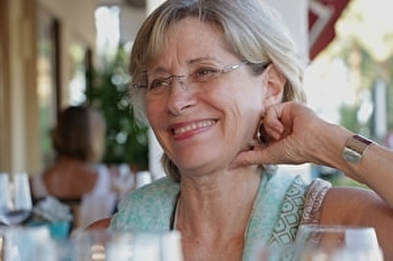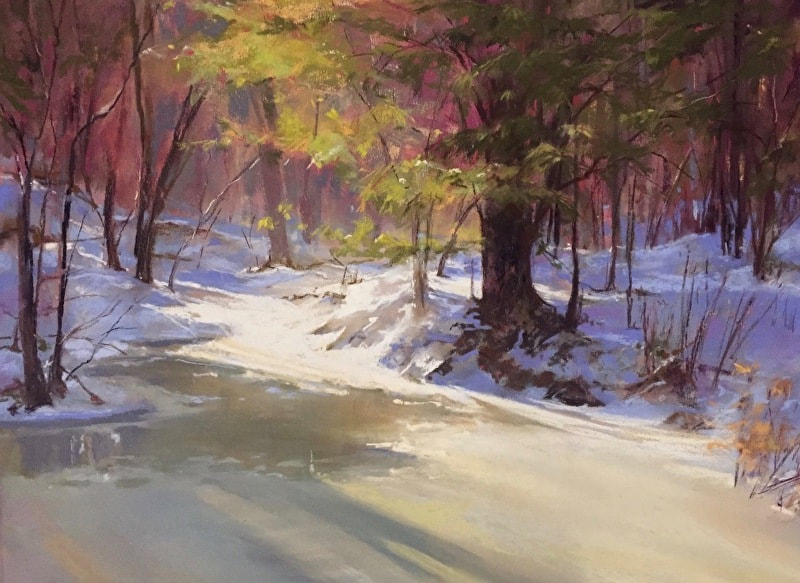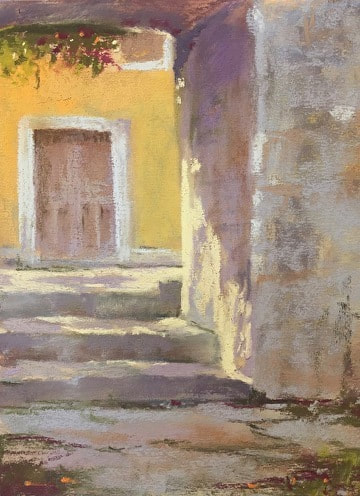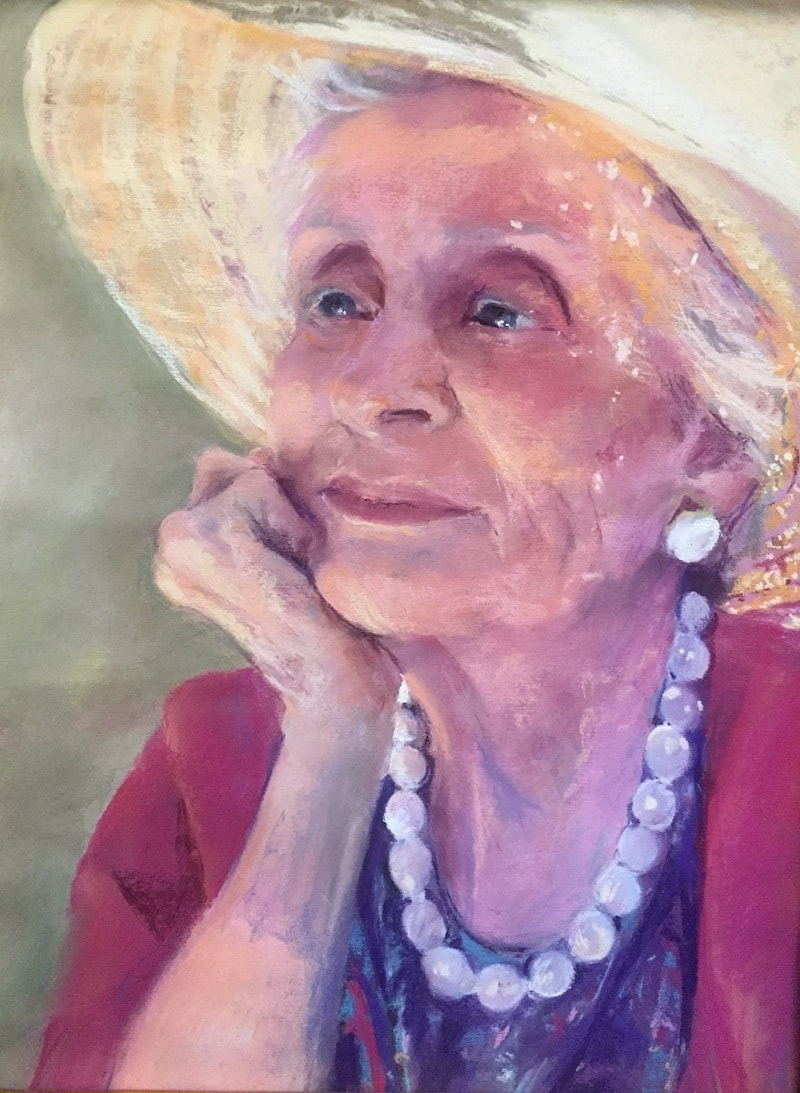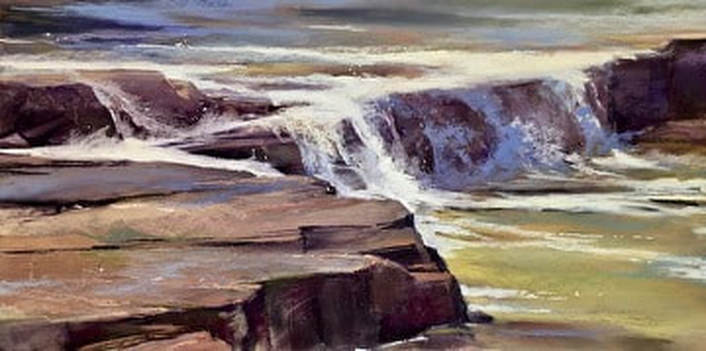Cindy Crimmin
|
|
The light, texture and forms that draw me to landscapes and still life
are enhanced in my portrait work by the gesture and sparkle that light the human face. |
Cindy Crimmin studied visual arts at the DeCordova Museum School in Lincoln, Massachusetts and the Art Institute of Boston. In 2011 she began private study with Jeanne Rosier Smith in her studio in Sudbury, Massachusetts. Crimmin has exhibited at the IAPS show in Albuquerque in June of 2013, as well as shows sponsored by the Connecticut Pastel Society (2013) and the Concord Art Association (2012, 2013). She is a signature member of the Copley Society of Boston, the Pastel Painters Society of Cape Cod, and the Pastel Society of America.
Recent Awards
"Diana’s Bath" just won a prize at the Connecticut Renaissance show, and "Lady in Waiting" is in a portrait show at the Copley Society in Boston. "After the Storm" is in the online Uart Spring Show. It also won the Award of Excellence at the Pastel Painters Society of Cape Cod Signature Show Spring 2017.
Recent Awards
"Diana’s Bath" just won a prize at the Connecticut Renaissance show, and "Lady in Waiting" is in a portrait show at the Copley Society in Boston. "After the Storm" is in the online Uart Spring Show. It also won the Award of Excellence at the Pastel Painters Society of Cape Cod Signature Show Spring 2017.
|
PSST: Cindy, your paintings include oceans, landscapes and still life, all in different seasons. How does the variety in subject matter help you? How does your pastel palette change for each one?
CINDY: One of the first questions for any artist is: Where do I start? There are so many options for things to paint, what speaks to me? Then, the more you look, the more beauty you see and the harder those questions are to answer. When I started to paint, I wasn’t at all sure what would be my path. I mostly just jumped in and saw where that first subject took me. As a student of Art History, I was always drawn to the high drama painters: Velazquez, Rembrandt, Sargent, Sorolla- the painters who really knew how to make things glow with life. Then time went on, I kept painting, and I realized that what I also seemed to be doing was chasing the light. The shine on fruit in a bowl, the glint in the eye of a portrait subject or reflections on mud puddle caught my attention. I have a complete set of and early series I lovingly refer to as “Light on Drainage Ditch.” So, I do paint a large variety of subject matter, from still life to portrait to land and seascape, but it is the light that unifies them all. |
